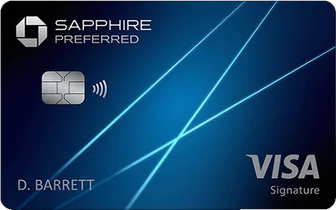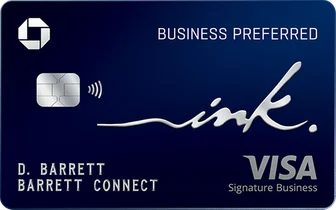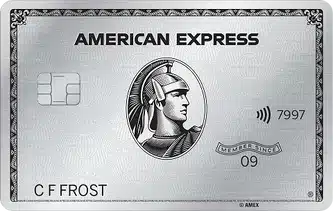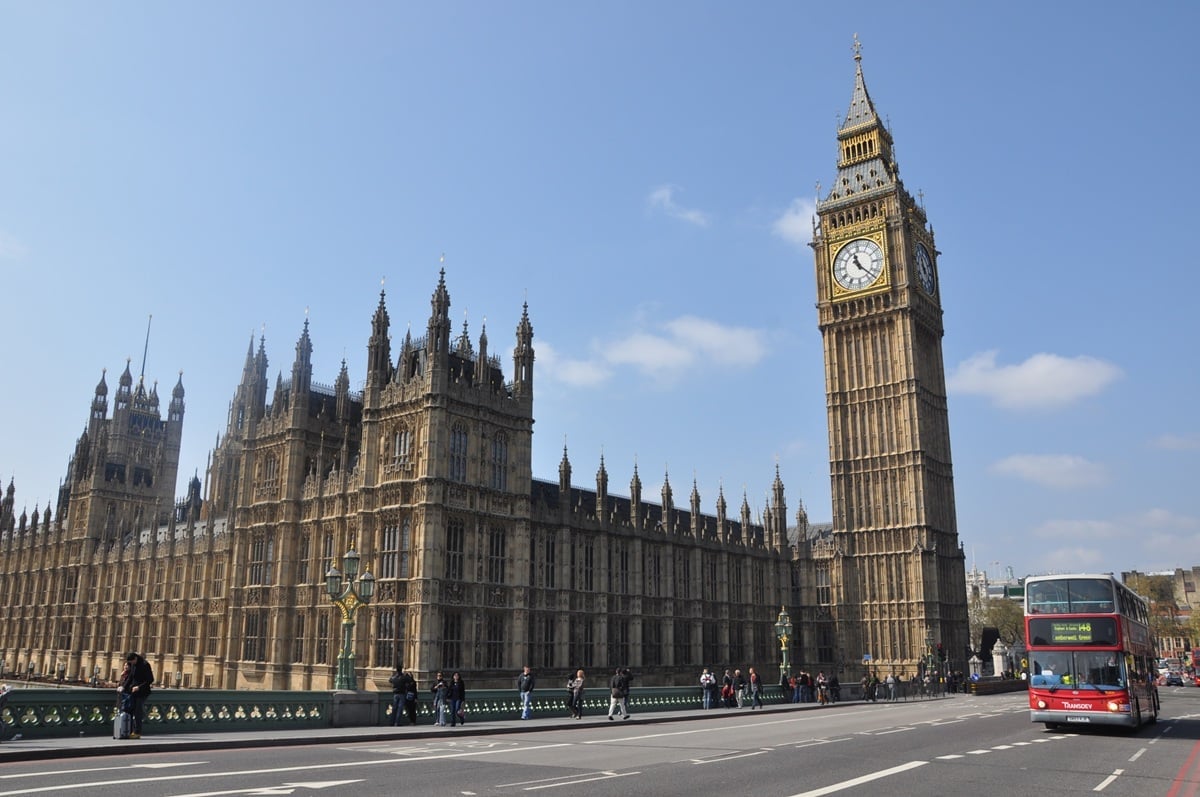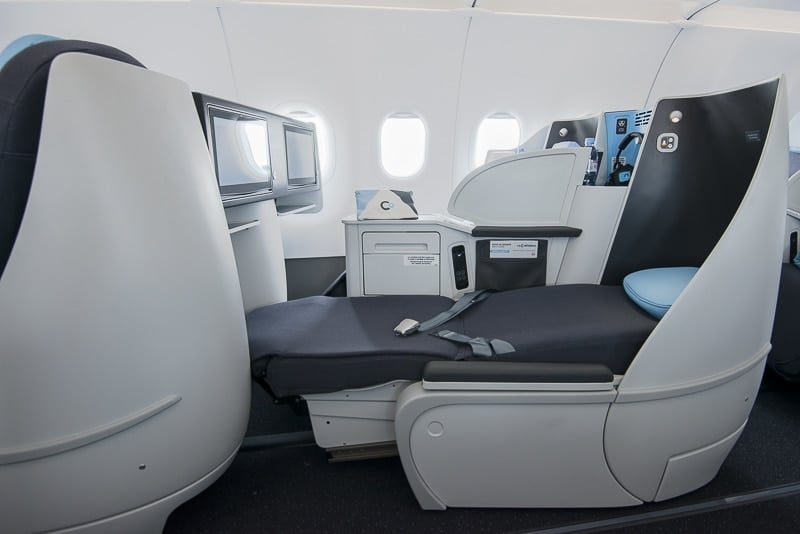I’ve been traveling professionally for 30 years and I’ve never heard of anything like what I’m about to share with you. But it’s definitely a problem for Air Canada, its passengers and possibly other airlines.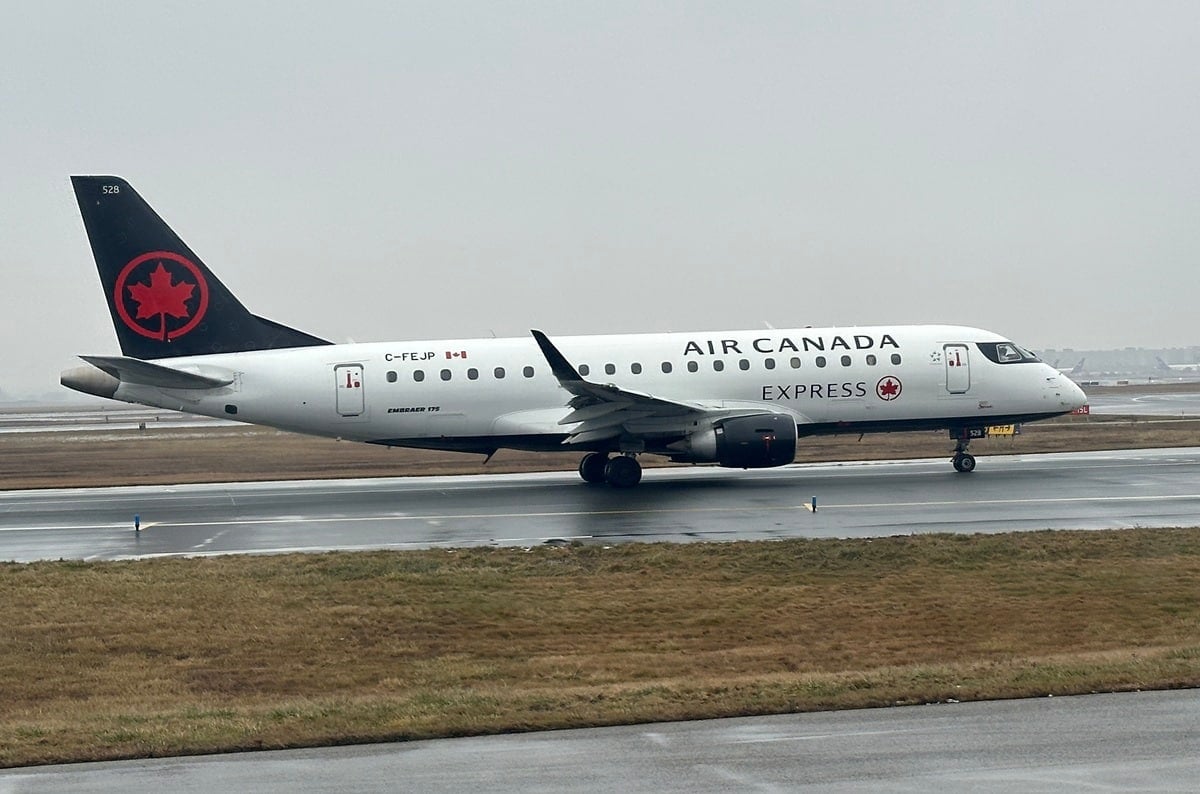
According to the Canadian Broadcasting Corporation (CBC), Siok Har Lim, a senior from Montreal, was nervous about her first trip to Europe last November. After a smooth journey through Germany and Hungary, she arrived at the Budapest airport to find Air Canada had canceled her return flight. The airline mistakenly labeled her a “no-show” for a flight from Munich to Berlin, despite her having boarded. With no time to resolve the issue, Lim, a senior on a limited income, was forced to buy a new ticket for $2,550. Her niece expressed how stressful the unexpected cost was for Lim, especially given her limited ability to communicate in English.
But this didn’t just happen to Lim. The (CBC) reports that Air Canada incorrectly deemed at least six passengers, all on three different flights, no-shows on three other trips, “cancelling their return tickets and refusing to accept evidence such as boarding passes — even selfies taken on the planes — they hadn’t missed an earlier flight.”
Imagine taking your outbound flight and then, when you arrive at the airport to return home, or even worse, make a connection, you’re told that your ticket was canceled because you didn’t show up for your first flight? Except that you did! Most of the people cited in the article above ended up buying new tickets and Air Canada has the gall not to reimburse them.
This is not only plain negligence but it’s also a safety issue. Because if the airline doesn’t know who is on the plane, then who does?
According to the CBC, “a spokesperson for Air Canada said that in each case, the customer’s flight “was not properly recorded” due to “a human error or technological malfunction.”
These cases raise concerns, as airlines must accurately track how many passengers are on each flight and their identities, according to an expert on passenger boarding methods. John Milne, an associate professor of engineering and management at Clarkson University told the CBC,”if it’s a systemic issue, like their computer systems not syncing, they need to address it. Until then, how can they cancel passengers’ return flights when they know their records aren’t dependable?”
So, what should you do to make sure this doesn’t happen to you?
1. Buy one-way tickets
I almost always buy one-way tickets because I change my plans a lot. That way, it doesn’t matter if an airline doesn’t think you were on the flight (except you want to make sure you get your mileage) but at least you won’t have to buy a last-minute ticket home and have to stress out about whether or not you’re going to get reimbursed.
I buy one-way tickets because if I have to change my outbound ticket last minute, it won’t affect the cost of my return ticket since the airline will re-price the whole itinerary and last minute tickets are almost always much more expensive.
2. Keep receipts or at least photos or scans of them
Another victim the CBC featured was Christopher Bailey from Vancouver, who “was so exasperated by his alleged “no show” in October 2023, which cost him $1,070, he took Air Canada to small claims court.” Fortunately, the “the judge chastised Air Canada, writing in a decision that Bailey had more evidence than most people would have had — including his boarding pass for the Montreal to St. John’s flight, and a receipt for beverages ordered on board — to prove he was not a “no-show.”
3. Take a selfie on the plane with a timestamp
Another falsely accused “no show” passenger, Dejan Ratkov, provided proof — boarding passes, luggage tags, and a selfie with his family on the flight they were supposedly absent from in March 2022. However, the airline still maintained they were not on board. Ratkov said, “To disappear as a human… It feels like I’m in a Franz Kafka novel,” referring to the surreal scenarios often depicted by the Czech novelist. He had no choice but to pay $2,000 for the cheapest tickets to get his family back to Toronto after their ski trip in Banff, Alta. Go Public contacted him after he shared his story in the Air Passenger Rights Facebook group.
4. Take to social media
If the airline still doesn’t believe you or reimburse you, then take to social media and encourage your friends and followers to share it with the airline’s handle tagged so they can see all the negative press they are getting.
5. Take the airline to court
If the above steps don’t work, then take the airline to small claims court like Christopher Bailey did in the example listed above.
Hopefully, this will never happen to you but it’s good to know that it does happen and there are ways to avoid it or get reimbursed.
KEEP READING
–How to save money with a secret third carry-on
–How to use your wireless headphones to watch in-flight movies
–10 airport security hacks every traveler should know
–How to get the best coach seat on the plane
–The sleep hack every traveler needs to know
Want more travel news, tips and deals? Sign up to Johnny Jet’s free newsletter and check out these popular posts: The Travel Gadget Flight Attendants Never Leave Home Without and 12 Ways to Save Money on Baggage Fees. Follow Johnny Jet on MSN, Facebook, Instagram, Pinterest, and YouTube for all of my travel posts.


